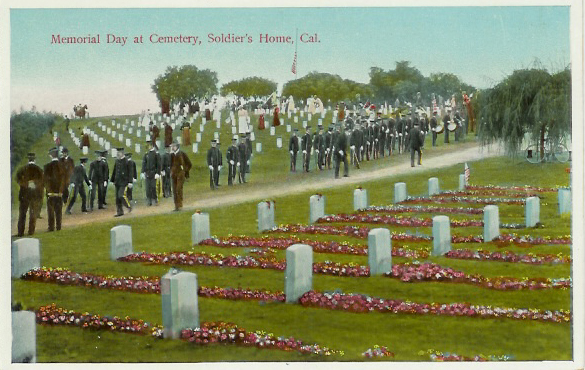When Congress passed the Uniform Monday Holiday Act in 1968, it ultimately transformed three holidays and one day of remembrance – the latter being Memorial Day – into three-day weekends. The underlying reason? Travel, barbecues, picnics, and such all benefit the national, regional, and local economies.

It became the unofficial start of the summer tourism season, with Labor Day representing the other bookend.
The Act went into effect in 1971, initially covering Memorial, Presidents, Labor, and Veterans days. However, because Veterans Day is tied to the 11th hour of the 11th day of the 11th month that marked the armistice ending World War I in 1919 – and because veterans rightly screamed so loudly in protest – it returned to its traditional November 11 observance in 1978.
Martin Luther King Jr. Day, which became a national holiday in 1986, fell under the Act even though King’s actual birthday is January 15.
The unintended consequence of turning these important days into three-day mini-vacations is that it blurs the very reasons they exist. Such certainly is the case with Memorial Day, dedicated to honoring, remembering, and mourning those who paid the ultimate price while defending the United States and its Constitution.
Today marks the 50th year of Memorial Day as a three-day weekend event. It has one purpose: To mourn and honor those who died on the battlefields of all wars since the American Civil War. It is that simple, that poignant. Families who have lost kin in battle and military families in general understand that. To others, it’s a just another play day and a lesson lost.

Memorial Day’s roots trace back to 1865, when citizens went to decorate the graves of their loved ones lost in the Civil War. They grew their own flowers for adornments. A year later, Decoration Day, as it originally was called, became an unofficial holiday commemorated each May 30. Fifty-three years later, and after the Spanish-American War and World War I broke more hearts, Decoration Day gave way to Memorial Day.
World War II, Korea, Vietnam, the Gulf Wars, and Afghanistan all followed, demanding more heroes and bringing more tears.
Now, as a three-day weekend holiday, many patriotic Americans still fly their flags. Others will continue the tradition of visiting cemeteries where their loved ones now rest. (The COVID-19 pandemic prevented public ceremonies from taking place in 2020 and will restrict some again today.)
Military installations fly their flags at half-mast until noon each today, with 21-gun salutes as they also do for George Washington’s birthday (February 22), Independence Day (July 4), and Presidents’ Day (celebrated on the third Monday in February).
Finally, tradition calls for a moment of silence to remember the war dead, at 3 p.m. local time.
Indeed, it’s a three-day weekend, with swim parties and picnics, sail boating, and Memorial Day sales.
Consider sacrificing a moment of it today to remember those who sacrificed everything for it.

Great article and so on point. 🇺🇲🇺🇲🇺🇲
LikeLike